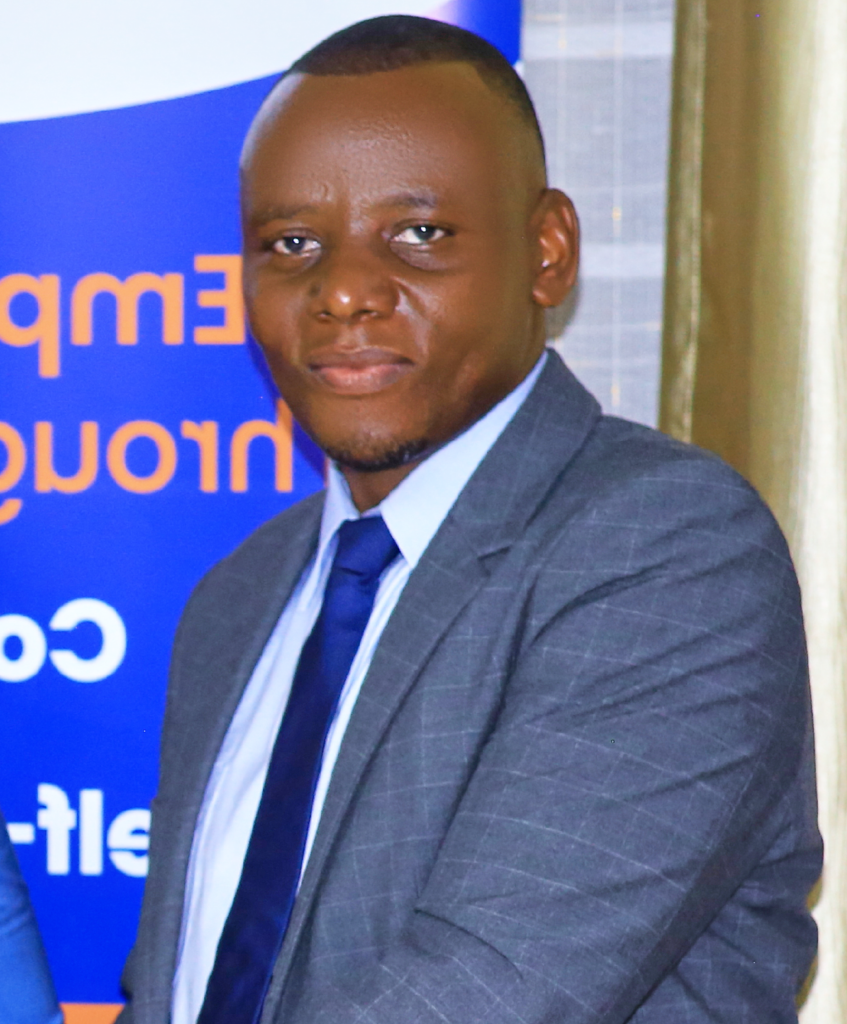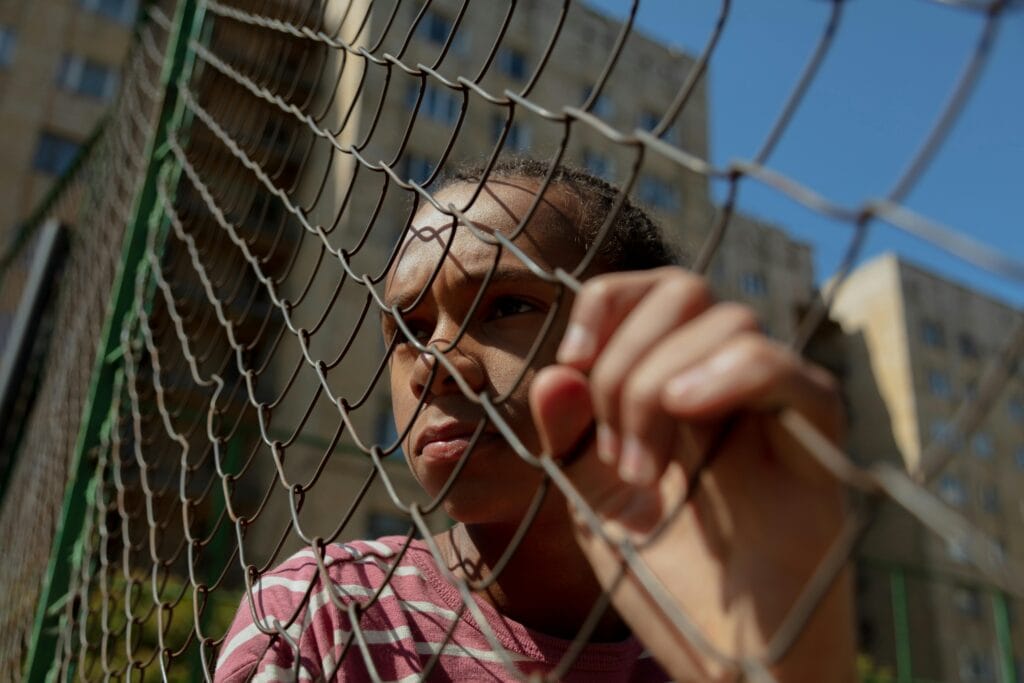As an educator with over 18 years of experience, I have had the privilege of working with children from different backgrounds and education systems. I have observed firsthand how students develop or fail to develop the confidence and creativity they need to thrive. And unfortunately, what I have seen is alarming.
Schools, which are meant to be centers of growth and self-discovery, are often the very places where creativity is stifled and confidence is shattered. The rigid structures, outdated questioning techniques, and fear-driven learning environments have robbed children of the ability to think independently, explore freely, and express themselves without hesitation.
The Fear of Being Wrong
Many schools prioritize memorization over critical thinking. Students are taught to find “correct answers” rather than to ask thought-provoking questions. I recall walking into a classroom where a teacher asked, “What is the capital of Uganda?” A student hesitated before responding, “Kampala?” Her uncertainty was met with a sharp, dismissive tone: “I just told you this yesterday! Why are you unsure?”
That moment did something profound, it planted a seed of fear. This child, like many others, learned that making a mistake was unacceptable. Over time, she would likely become hesitant to answer, fearful of judgment.
Albert Einstein once said, “The true sign of intelligence is not knowledge but imagination.” Yet, in many schools today, imagination is discouraged in favor of regurgitated knowledge. This fear-based learning environment produces students who may score well on standardized tests but lack the confidence to think, innovate, and challenge ideas.
Contact me for individual training, teacher training sessions or children’s public speaking sessions
Creativity: A Casualty of Rigid School Systems
Creativity flourishes in spaces where children are free to explore, experiment, and make mistakes without fear of failure. But schools, bound by rigid curricula and relentless grading systems, often do the opposite.
I once visited a school where children were given an assignment to write a story. A student, brimming with enthusiasm, crafted a tale about a talking tree that could heal sick animals. But when he submitted his work, the teacher marked it wrong, stating, “Trees don’t talk. Stick to reality.” His excitement faded, and the next time he was asked to write a story, he simply wrote about his trip to the market. The message was clear: Creativity is not valued here.
Pablo Picasso once said, “Every child is an artist. The problem is how to remain an artist once we grow up.” The education system, instead of nurturing creativity, often forces children into conformity, teaching them to prioritize “correctness” over original thought.

The Confidence Crisis: Why Children Struggle to Express Themselves
Confidence is not something children are born with, it is built through encouragement, opportunities, and the freedom to express themselves without fear or favour. Yet, in many schools, children are conditioned into silence.
I have seen it in classrooms where a child raises a hand to give an answer, only to be told, “That’s not what I was looking for,” or worse, “Does anyone have the right answer?” The child quickly learns that speaking up is risky, that expressing a unique thought might result in embarrassment.
Over time, these experiences shape their self-perception. They start believing that they are not “smart enough” or “good enough” to contribute. By the time they reach adulthood, they struggle with public speaking, decision-making, and asserting themselves in workplaces and relationships. And it all started in the classroom.
Contact me for individual training, teacher training sessions or children’s public speaking sessions
What Can Schools, Teachers, and Parents Do?
The good news is, we can change this. We can create environments where children feel safe to explore, question, and express themselves freely. Here’s how:
For Schools:
- Shift from rote memorization to critical thinking – Encourage students to ask questions and explore ideas rather than just recalling facts.
- Foster a mistake-friendly environment – Praise effort and creativity, even when answers are incorrect.
- Incorporate creative subjects – Arts, music, storytelling, and project-based learning should be valued just as much as math and science.
For Teachers:
- Ask open-ended questions – Instead of “What is the capital of Uganda?” ask, “Why do you think Kampala became the capital of Uganda?”
- Encourage diverse perspectives – Let students debate and discuss rather than just receive information.
- Avoid shaming students for mistakes – Turn errors into learning opportunities rather than reasons for embarrassment.
A Call to Action
It is time to rethink how we educate our children. The world does not need more people who simply follow instructions; it needs innovators, thinkers, and leaders. But if we continue with the same rigid systems, we will raise generations of individuals who are afraid to speak up, take risks, or think creatively.
As educators, parents, and policymakers, we must ask ourselves: Are we raising children to be confident, creative problem-solvers, or are we training them to be silent followers? The future depends on our answer.
Let’s start now.
Contact me for individual training, teacher training sessions or children’s public speaking sessions
[…] these strategies be your foundation. And when in doubt, revisit my latest post “speaking like a leader for more…
[…] Here is yet another transformative post you must not miss. Speaking Like a Leader: How to command and impact…
[…] teacher and public speech trainer, I have seen firsthand how parental involvement or lack thereof affects children’s academic performance…
[…] (For customised teacher sessions on confidence building, contact us) […]
[…] Neglecting confidence-building in children leads to missed opportunities, low self-esteem, career limitations, and a lasting fear of public speaking.…

I now know países are key. They also help to calm you down and get yourself collected in the event…
- The Magic Behind Pauses in Public SpeakingIntroduction: Why Pauses Matter More Than Words If you think great public speakers are only defined by their words, think again. As a certified public speech trainer with over 19 years of experience, I’ve learned that the magic behind pauses in public speaking often outweighs the power of eloquence. It’s not just what you say,… Read more: The Magic Behind Pauses in Public Speaking
- Mastering The Art Of Public Speaking For ProfessionalsIntroduction: Why Public Speaking Still Reigns Supreme In today’s fast-paced professional world, communication is everything. Whether you’re pitching a new idea, presenting quarterly results, or addressing a room full of stakeholders, mastering the art of public speaking can elevate your credibility and influence. As a certified public speech trainer and seasoned teacher, I’ve worked with… Read more: Mastering The Art Of Public Speaking For Professionals
- The Seven Essential Public Speaking Strategies You Must KnowPublic speaking strategies can make or break your success as a communicator. Whether you’re delivering a speech in school, at work, or on a big stage, how you present your ideas matters just as much as the ideas themselves. As a certified public speech trainer, I’ve helped hundreds of people overcome fear, organize their thoughts,… Read more: The Seven Essential Public Speaking Strategies You Must Know
- Overcoming Fear of Forgetting What to Say in Public SpeakingPublic speaking can be embarrassing, especially when the fear of forgetting what to say takes over. Many speakers experience this anxiety, but the good news is that it can be managed and overcome. Whether you’re presenting at a conference, giving a speech in class, or speaking at an important event, you can develop strategies to… Read more: Overcoming Fear of Forgetting What to Say in Public Speaking
- Speaking Like a Leader: How to Command and Impact Any AudienceIntroduction Public speaking is not just about standing in front of people and delivering words; it’s about commanding attention, influencing minds, and leaving a lasting impact. The best leaders don’t just talk, they inspire action. But how do they do it? Is it a natural talent, or can it be learned? As a public speech… Read more: Speaking Like a Leader: How to Command and Impact Any Audience
- Common Public Speaking Mistakes and How to Avoid ThemPublic speaking is an essential skill for personal, academic, and professional growth. Yet, many speakers struggle with confidence, delivery, and audience engagement. Whether you’re a student, teacher, or corporate professional, understanding common public speaking mistakes can significantly improve your effectiveness. As a professional teacher and public speech trainer, I have seen how poor public speaking… Read more: Common Public Speaking Mistakes and How to Avoid Them
- The Joint Effort of Schools and Parents in a Child’s AcademicsThe Power of Collaboration in Education Many parents believe that their role in their child’s education ends at paying school fees, providing school supplies, and attending end-of-term meetings. However, a child’s academic journey requires more than financial investment, it demands emotional, intellectual, and moral support. Schools and parents must work together to nurture a confident… Read more: The Joint Effort of Schools and Parents in a Child’s Academics
- The Hidden Barrier to Academic Success: ConfidenceThe Hidden Barrier to Academic Success: Confidence As a professional teacher and public speech trainer with 19 years of experience, I have worked with students from different backgrounds, learning abilities, and confidence levels. Over the years, one undeniable truth has stood out, confidence is just as crucial as intelligence when it comes to academic success.… Read more: The Hidden Barrier to Academic Success: Confidence
- Beyond the Cane: Alternatives to corporal punishments in children.Positive discipline, a tool to building confidence I have spent 19 years as a professional teacher and public speech trainer, helping children, adults, and corporate professionals gain confidence and self-expression. Over the years, I have witnessed firsthand the devastating effects of corporal punishment on children’s self-esteem, both at home and in schools. I have worked… Read more: Beyond the Cane: Alternatives to corporal punishments in children.
- The Systematic Neglect of “Slow Learners” in Favour of Gifted Ones.Bridging the Gap Between Gifted and Less Gifted Learners In my years as an educator and public speech trainer, I have seen a troubling pattern unfold in many schools: The celebration of gifted students while the less gifted or slow learners are sidelined. Schools take pride in showcasing their best and brightest, those who grasp… Read more: The Systematic Neglect of “Slow Learners” in Favour of Gifted Ones.














[…] of my recent posts, “The Seven Things You Must Know About Public Speaking”, delves deeper into the mindset required…